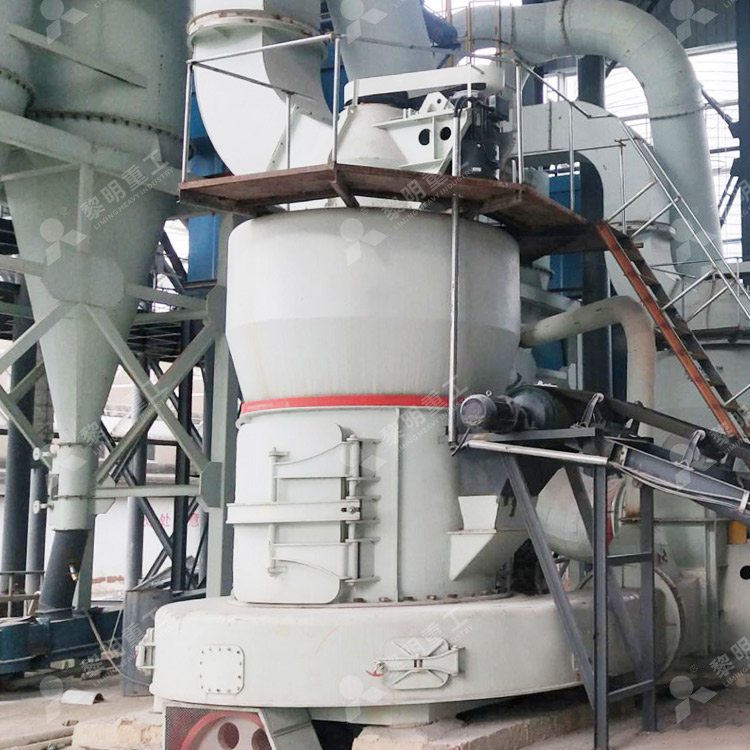In the world of pet care, few products have revolutionized convenience and hygiene like clumping cat litter. At the core of this multi-billion dollar industry lies a humble yet extraordinary material: bentonite clay. However, the transformation of raw bentonite clay into the highly absorbent, clumping litter that fills millions of homes worldwide is a feat of industrial engineering. The pivotal machine enabling this transformation is the Raymond Mill (Raymond Roller Mill), a specialized grinding apparatus that is indispensable for producing the precise physical properties required for superior cat litter performance.

1. The Material and the Market: Why Bentonite?
Bentonite clay is a naturally occurring absorbent aluminium phyllosilicate, primarily composed of montmorillonite. Its unique, layered crystal structure allows it to absorb water molecules, leading to significant swelling. For cat litter, this property is paramount. When a cat urinates, the liquid is rapidly absorbed into the bentonite particles, causing them to swell and form a tight, solid clump. This clump can be easily removed, leaving the remaining litter clean and dry.
The effectiveness of this clumping action is not a given; it is directly dictated by the physical characteristics of the powdered clay—specifically its particle size distribution, fineness, and morphology. This is where the Raymond mill moves from being a simple grinder to a critical quality-defining tool.
2. The Engineering Precision of the Raymond Mill
Not all grinding technologies are suitable for bentonite. The goal is not to pulverize the clay into an impalpable dust, but to create a calibrated granular powder with a specific and consistent particle size profile. The Raymond mill excels in this role due to its unique operating principle and design.
A typical Raymond mill system for bentonite cat litter consists of several key components:
Feed System: Raw, crushed bentonite is fed into the grinding chamber at a controlled rate.
Grinding Rollers and Ring: The core of the system. Spring-loaded rollers rotate against a stationary grinding ring, crushing and grinding the bentonite fed between them.
Classifier: This is the most critical component for quality control. An integrated, dynamically adjustable whizzer classifier (or blade classifier) spins at high speed. It acts as a precision sieve, using centrifugal force and airflow to separate particles. Only particles fine enough to overcome this centrifugal force are carried through to the collection system. Coarser particles are rejected and fall back to the grinding zone for further processing.
This closed-circuit grinding and classification process is the key to achieving the ideal litter granule. The target is a mix of fine particles for rapid liquid absorption and slightly coarser particles for structural support and low dust. An improperly ground product—too fine—will be excessively dusty, posing respiratory risks to pets and owners. A product that is too coarse will have poor clumping strength and reduced absorbency.
3. Optimizing for Performance: Beyond Particle Size
The role of the Raymond mill extends beyond mere size reduction. Its operational parameters directly influence several key quality metrics of the final cat litter product:
Low Dust Formation: The efficient classification system of a modern Raymond mill minimizes the production of ultra-fine particles (fines), which are the primary source of dust. This is a major selling point for consumers and a critical health and safety consideration.
Absorption and Clumping Speed: A consistent and optimal particle size distribution ensures rapid capillary action, drawing moisture into the granule quickly to form a firm, non-sticky clump that is easy to scoop.
Deodorization: While scent is often added later, the high surface area of the properly milled bentonite provides a substrate for effectively absorbing and neutralizing ammonia odors.
Energy Efficiency: Compared to alternative grinding systems like ball mills, Raymond mills offer superior energy efficiency for the required fineness range. Their air-swept design and integrated classifier reduce over-grinding, directly translating to lower operational costs and a smaller carbon footprint for the manufacturing plant.
4. The Future: Smarter Grinding for a Competitive Market
The evolution of Raymond mill technology continues to align with the demands of the cat litter market. Modern mills are increasingly integrated with Programmable Logic Controllers (PLCs) and Industrial Internet of Things (IIoT) sensors. These systems allow for:
Real-time Monitoring and Adjustment: Tracking motor amperage, grinding pressure, classifier speed, and temperature to maintain consistent output quality.
Predictive Maintenance: Analyzing vibration and performance data to predict bearing or roller wear, preventing unplanned downtime.
Recipe Control: Allowing operators to save and recall specific parameter settings for different grades of cat litter (e.g., standard, low-dust, premium), ensuring product consistency and enabling flexible production.





